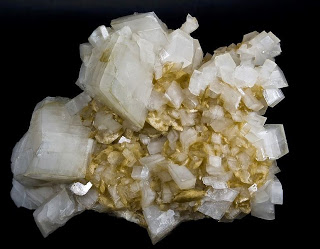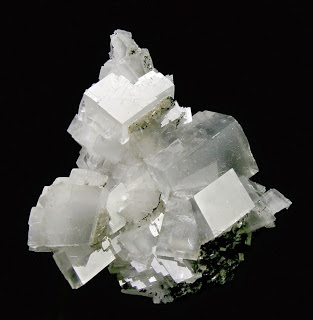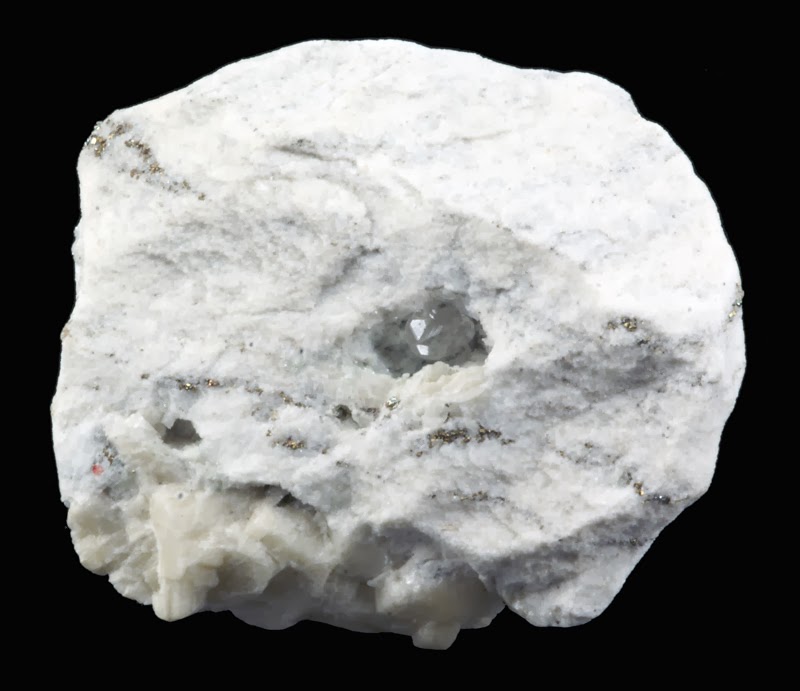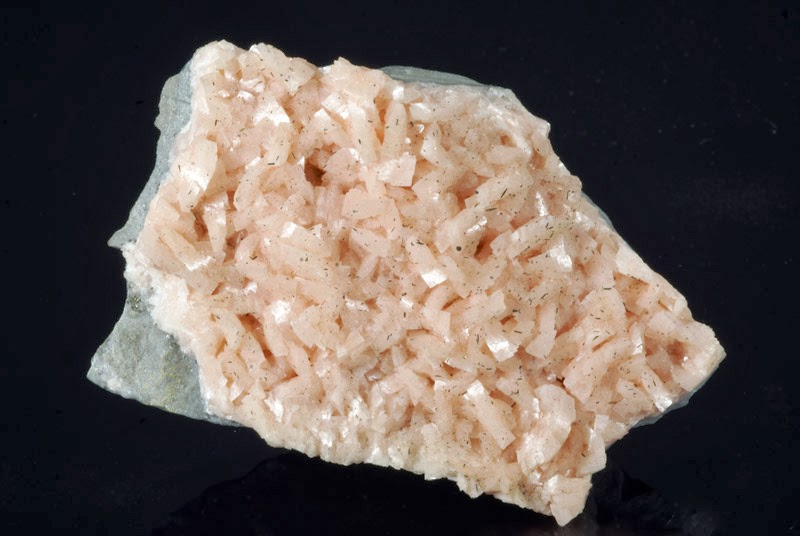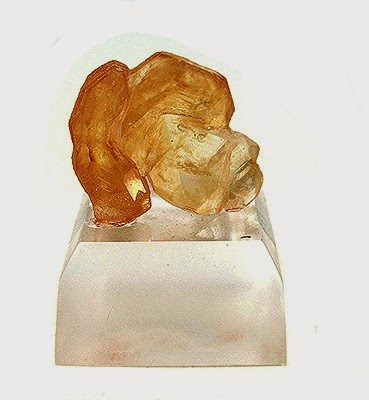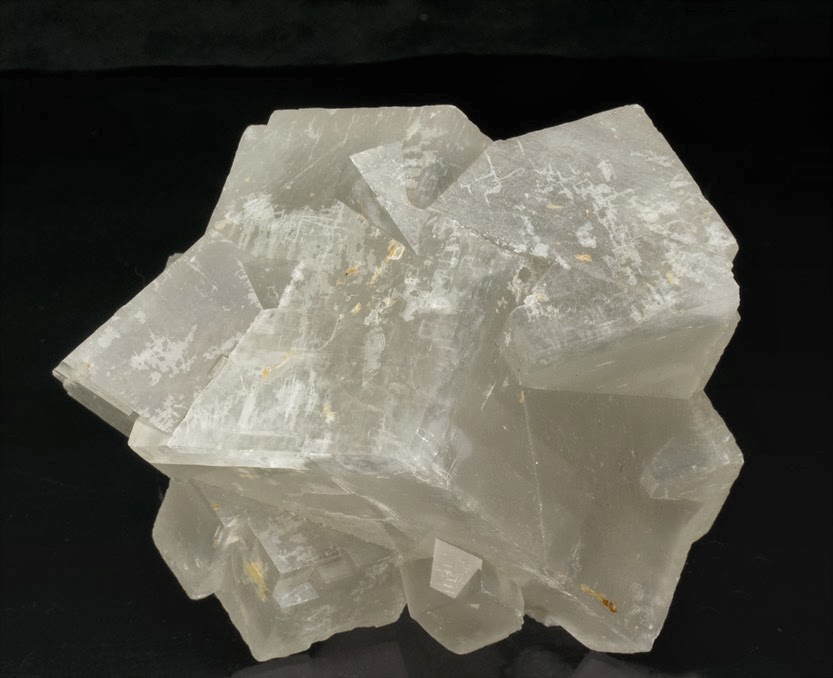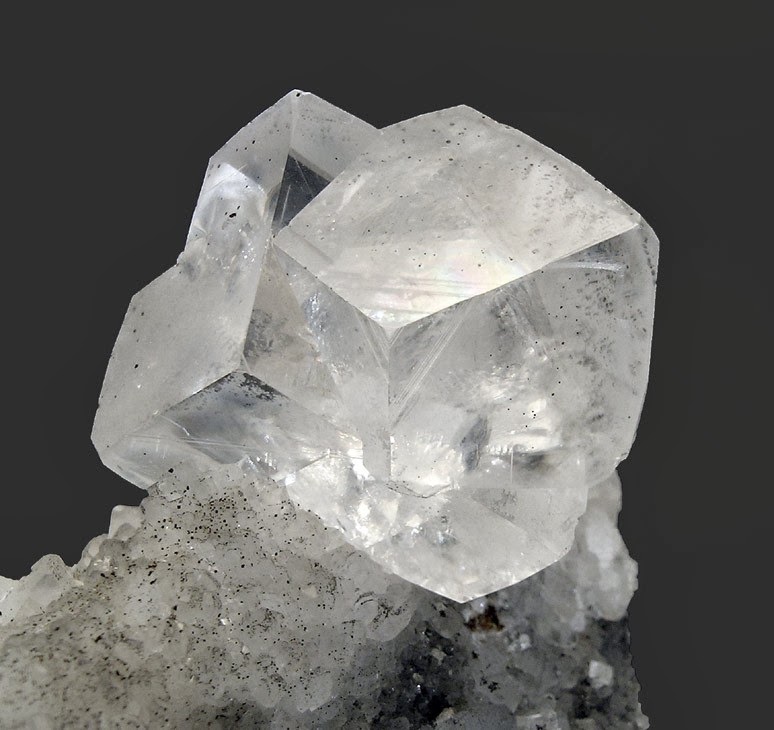
Chemical Formula: CaMg(CO3)2
Name Origin: Named after the French mineralogist and geologist, Deodat Guy Tancrede Gratet de Dolomieu (1750-1801).
Dolomite is an anhydrous carbonate mineral composed of calcium magnesium carbonate, ideally CaMg(CO3)2. The word dolomite is also used to describe the sedimentary carbonate rock, which is composed predominantly of the mineral dolomite (also known as dolostone).
History
Most probably the mineral dolomite was first described by Carl Linnaeus in 1768. In 1778, it was described by the Austrian naturalist Belsazar Hacquet as the “stinking stone” (German: Stinkstein, Latin: lapis suillus). In 1791, it was described as a rock by the French naturalist and geologist, Déodat Gratet de Dolomieu (1750–1801) first from buildings in the old city of Rome and later as samples collected in what is now known as the Dolomite Alps of northern Italy. The mineral was given its name in March 1792 by Nicolas de Saussure, naming it after De Dolomieu. Hacquet and Dolomieu met in Laibach (Ljubljana) in 1784, which may have contributed to De Dolomieu’s work.
Formation
Recent research has found modern dolomite formation under anaerobic conditions in supersaturated saline lagoons along the Rio de Janeiro coast of Brazil, namely, Lagoa Vermelha and Brejo do Espinho. It is often thought that dolomite will develop only with the help of sulfate-reducing bacteria (e.g. Desulfovibrio brasiliensis). However, promising new research on low-temperature dolomite formation indicates that low-temperature dolomite may occur in natural environments rich in organic matter and microbial cell surfaces. This occurs as a result of magnesium complexation by carboxyl groups associated with organic matter.
Vast deposits of dolomite are present in the geological record, but the mineral is relatively rare in modern environments. Reproducible, inorganic low-temperature syntheses of dolomite and magnesite were published for the first time in 1999. Those laboratory experiments showed how the initial precipitation of a metastable “precursor” (such as magnesium calcite) will change gradually into more and more of the stable phase (such as dolomite or magnesite) during periodical intervals of dissolution and re-precipitation. The general principle governing the course of this irreversible geochemical reaction has been coined “breaking Ostwald’s step rule”.
There is some evidence for a biogenic occurrence of dolomite. One example is that of the formation of dolomite in the urinary bladder of a Dalmatian dog, possibly as the result of an illness or infection
Physical Properties
Cleavage: {1011} Perfect, {1011} Perfect, {1011} Perfect
Color: White, Gray, Reddish white, Brownish white, Gray.
Density: 2.8 – 2.9, Average = 2.84
Diaphaneity: Transparent to translucent
Fracture: Brittle – Conchoidal – Very brittle fracture producing small, conchoidal fragments.
Hardness: 3.5-4 – Copper Penny-Fluorite
Luminescence: Non-fluorescent.
Luster: Vitreous (Glassy)
Streak: white
Photos :
